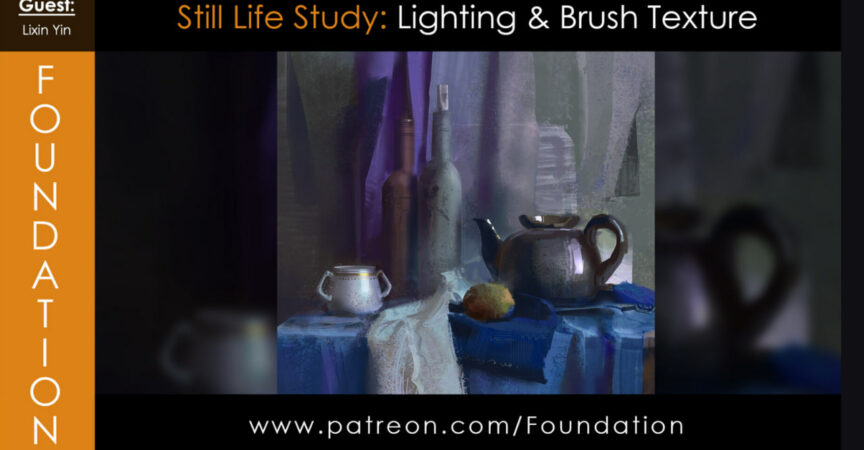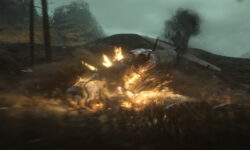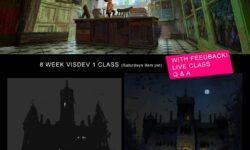Foundation Patreon – Still Life Study – Lighting & Brush Texture by Lixin Yin
Release date:2024, March
Author:Lixin Yin
Skill level:Beginner
Language:English
Exercise files:Yes
Hello everyone, it’s Lixin. Today, I’ll be demonstrating still life painting. Throughout this video, you’ll learn about texture, different brushes, composition, material, and lighting.
The reference I’m using is from Google, as many of you ask me about it on social media. Let’s begin by laying down some background color using various brushes. Remember to match the colors with the reference.
If you need help with color selection, check out my YouTube video on the topic. Now, let’s add some color variation to the background to avoid it looking flat. I’m thinking of adding blue to one side and green to the other. This adds depth to the background and helps with proportions.
Speaking of proportions, it’s crucial to establish perspective early on. Take your time with this stage, especially if you’re a beginner. Once you have the basic sketch, hide unnecessary tools to focus on painting. Now, let’s place the objects on the canvas, ensuring they’re correctly positioned.
I’m adjusting the placement of buttons and cups based on the perspective. Keep in mind that not all lines need to be perfectly straight. Adding some angles adds realism to the scene. As we move forward, pay attention to the relationship between objects and the background.
Start with simple shapes and gradually add detail. Focus on capturing the essence rather than getting bogged down in minutiae. Experiment with different brushes to add texture and interest to your painting.
Remember, it’s okay if your proportions aren’t perfect, especially in still life painting. Now, let’s move on to adding color. Consider how colors interact and influence each other, especially in terms of temperature and light.
Build up layers of color gradually, keeping in mind the light source and shadow. Don’t worry if you don’t get the color right on the first try; painting is a process of exploration and adjustment. As you add more detail, maintain a balance between accuracy and spontaneity.
Use your intuition to guide your brushstrokes and make creative decisions. Focus on conveying the mood and atmosphere of the scene rather than replicating it exactly.
Remember, painting should be enjoyable and expressive, so don’t be afraid to take risks and experiment. Thank you for watching, and I’ll see you in the next video!





 Channel
Channel






Hi Admin!
The Captcha Code isnt showing for the tutorials could you look into it? Thank you 😀
should be ok now
Captcha has bug its not showing hence cant access the video please help thank you 🙂
should be ok now